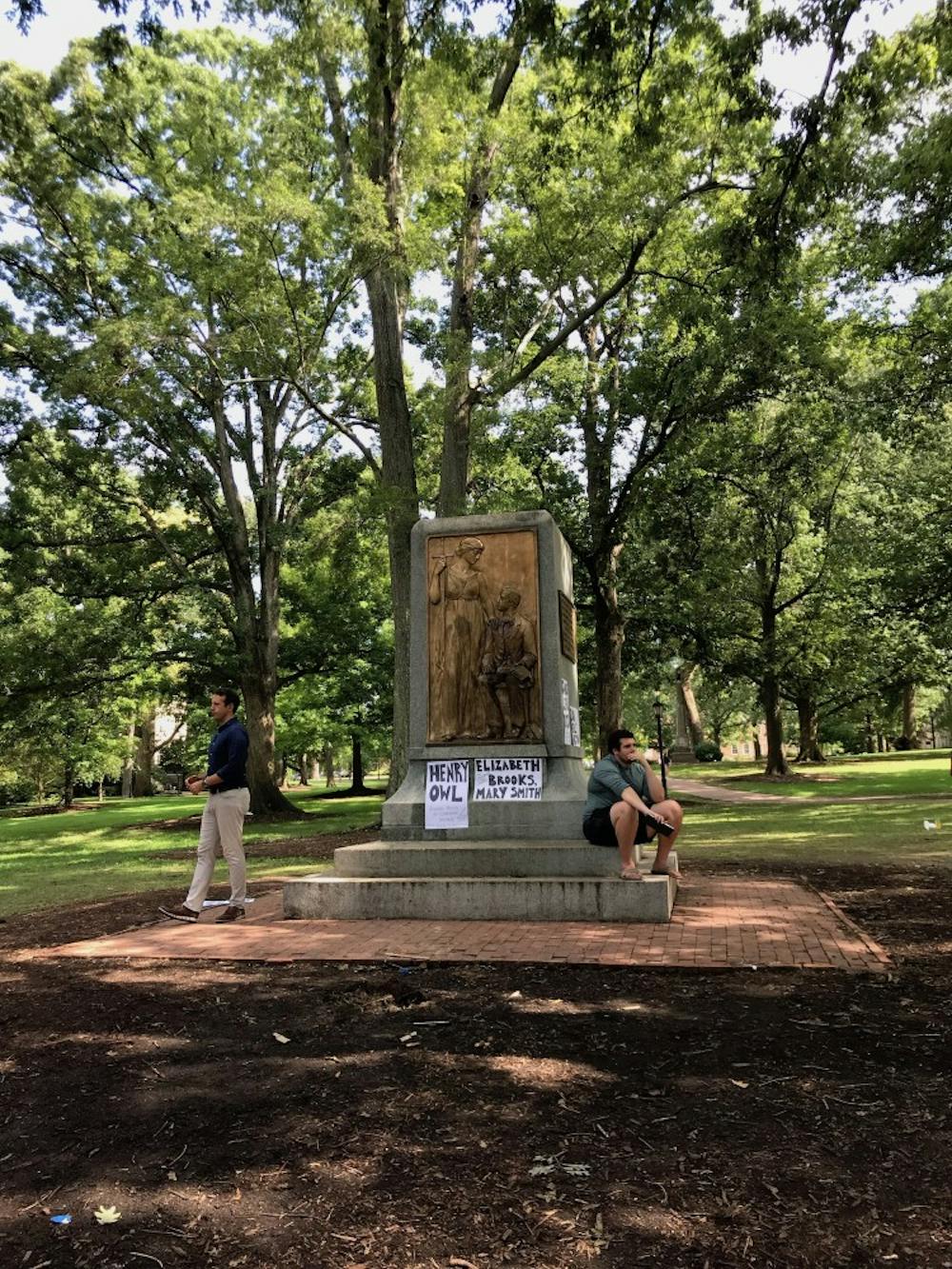Just before 2 a.m. on Nov. 21, 1970, a 22-year-old Black man laid dying in the center of UNC’s campus after being stabbed multiple times by a member of a white supremacist biker gang.
James Lewis Cates, a Chapel Hill native, bled on the ground of the Pit amid a brawl sparked by members of the gang during an all-night marathon dance.
Somewhere between 15 and 30 minutes passed before Cates received assistance. James Moore, a sophomore at the time, thought the police delayed taking Cates to the hospital without reason.
"There are a lot of questions which I think the police ought to have to answer," Moore later told The Daily Tar Heel.
According to the Nov. 24 edition of the DTH from that year, Cates died at the campus hospital around 3 a.m. Numerous members of the gang, who called themselves the Storm Troopers, were present, but three were charged in connection with the murder.
The three were eventually acquitted by an all-white Orange County jury, and Cates’ murder was left unsolved. Despite surges of activism and outrage from many in the Chapel Hill community, his murderer was never held accountable.
The story of Cates’ murder was a centerpiece in the hours of demonstration leading up to Silent Sam’s forced removal by an unidentified group Monday night. Hundreds of people attended to watch speakers highlight issues they felt represented longstanding racism and abuses of power from the University and Chapel Hill community.
Maya Little, a grad student facing a vandalism charge and potential expulsion from the University for her peaceful protest against Silent Sam earlier this year, focused on Cates’ story as an example of UNC suppressing the memory of civil rights movements.
“One of these acts of violence has been the University taking every measure to conceal the history of revolt against white supremacy in this town and on this campus,” Little said. “At UNC, you find no monuments to James Lewis Cates. None to his friends who protested against the double-murder by a motorcycle gang and later by this county’s court system. There are no monuments to the countless acts of resistance against UNC’s racism and against Silent Sam.”




